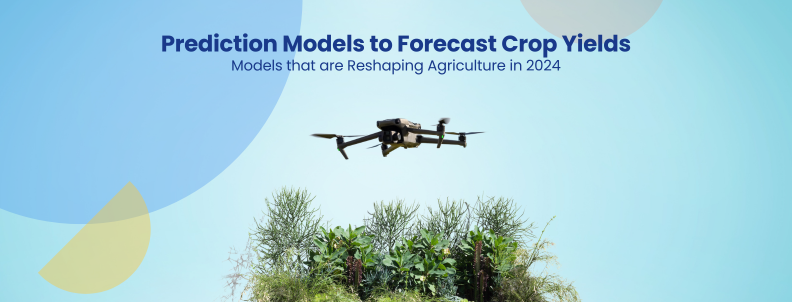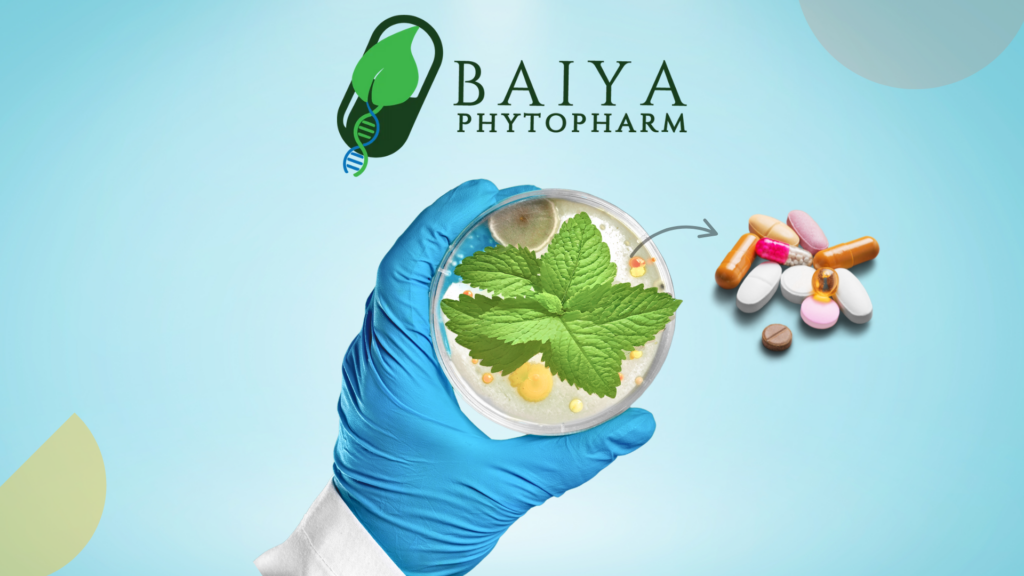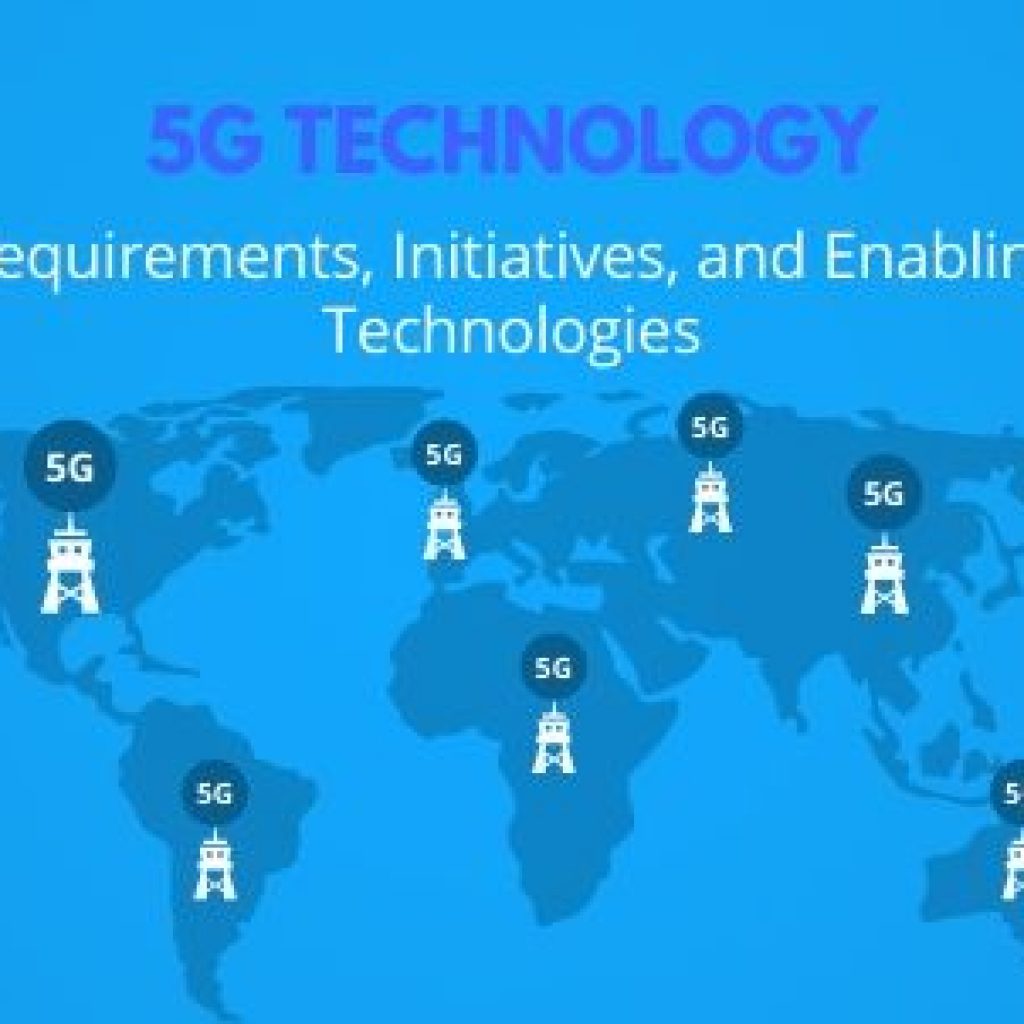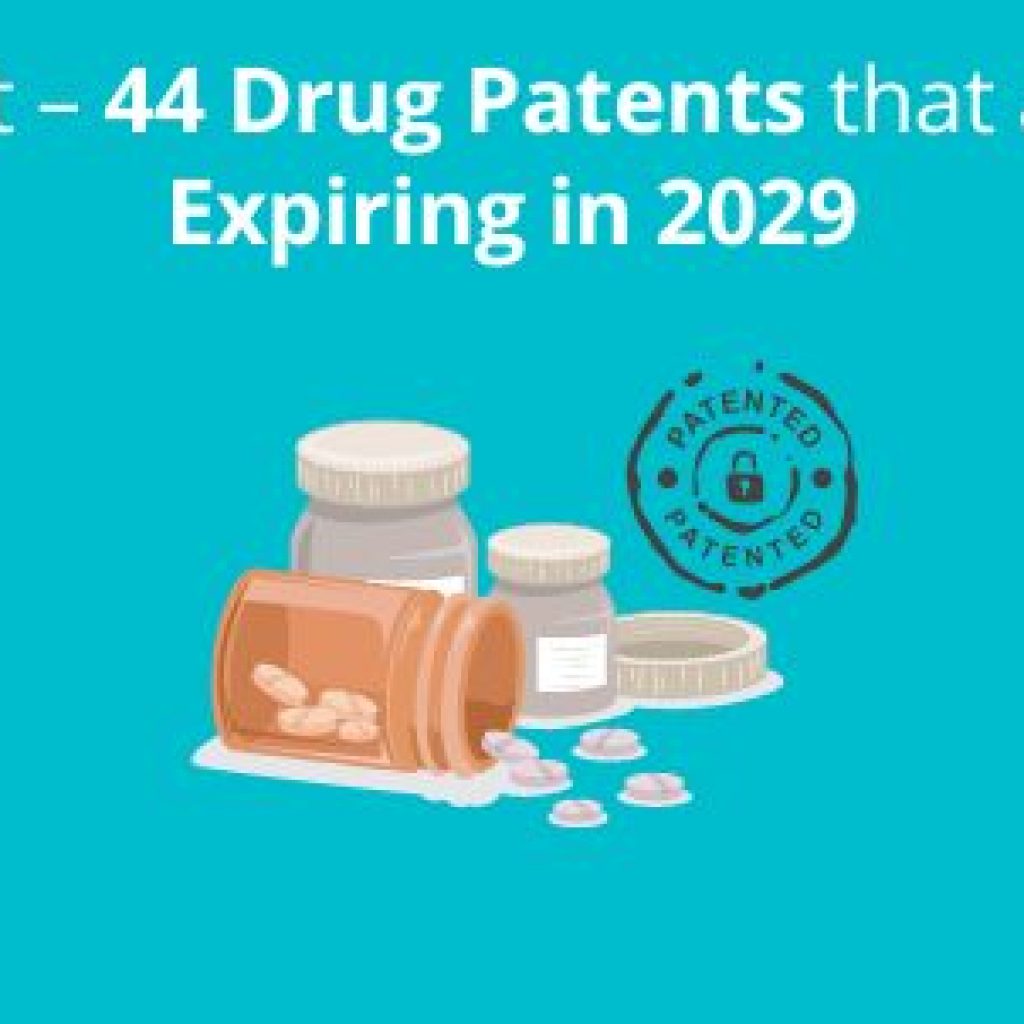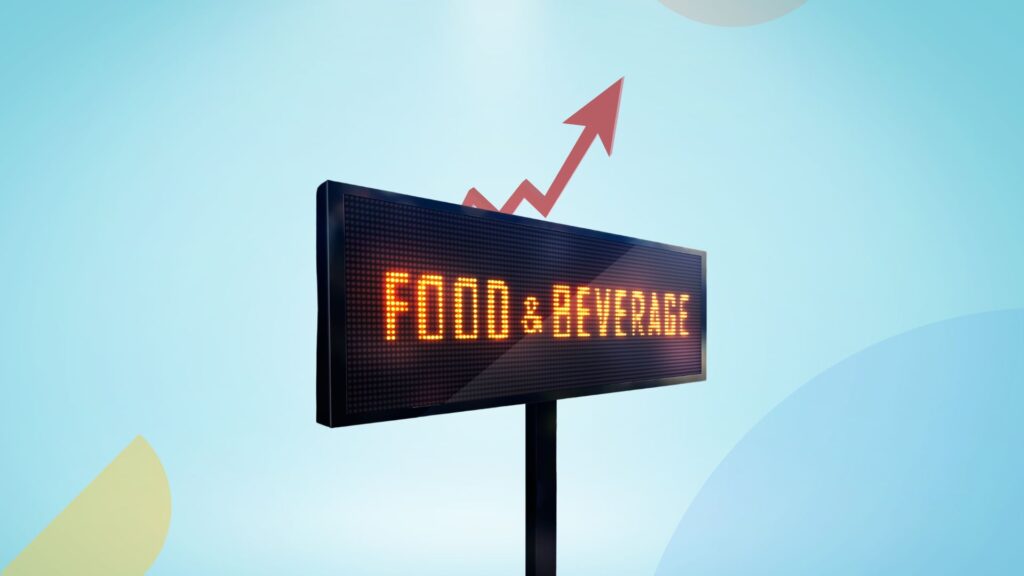Prediction models to forecast crop yields and determine irrigation needs can save up to 60% of water that would otherwise be improperly utilized. These systems help farmers and agricultural businesses assess the risk of disease or pest infestations and optimize irrigation and fertilization schedules.
This article details the advancements made by innovators in crop yield assessment and irrigation optimization using prediction models in agriculture in 2024.
To discover 2024’s newest agritech trends, fill out the form below and receive a PDF directly in your inbox.
Prediction Models for Crop Yield Assessment in Agriculture
Crop yield determination is important for farmers and governments to formulate better policies and for traders to obtain better profits and quote better prices. However, crop yield depends on multiple variables, such as soil characteristics, weather, crop type, etc., and their fluctuations hamper yield quality and quantity.
The effect of these fluctuations can be tackled by adopting prediction models that can estimate crop yields based on the characteristics of a given crop type, features of agricultural land, and weather conditions.
1. Predict crop characteristics and field management techniques to help achieve higher yields.

As urbanization increases, agricultural lands are often converted for residential, commercial, or industrial purposes. This reduces the availability of arable land for farming, leading to a decline in agricultural productivity, causing food insecurity and excessive use of fertilizers, pesticides, and labor to improve the crop yield on average-producing land.
As a solution, Microsoft has developed a prediction algorithm using Natural Language Processing (NLP) that can provide solutions to multiple what-if scenarios in the agricultural sector.
The algorithm considers soil, weather, field management, and crop variety features to predict outcomes for suggested scenarios. It can predict the crop type variety that would give maximum yield under given conditions. It can also predict agricultural practices that would yield maximum benefit for the field and suggest real-time adjustments for changing environmental conditions.
Microsoft has been quite active in the past few years in developing prediction models for the agriculture. They have developed Azure FarmBeats, which provides features such as assessment and tracking of farm health, recommendations on how many soil moisture sensors to use and where to place them, and many more.
They have also launched a project called FarmVibes.Edge will develop technologies to process large amounts of data on the farm.
Recommended report: 10 Artificial Intelligence and Machine Learning Startups in Agriculture
2. Predict chances of disease occurrence and crop health to formulate combating strategies
Pests and diseases in agriculture can directly reduce crop yield, diminish product quality, and increase production costs. Their dependency on climatic changes makes developing effective pest management strategies difficult. Pests can also evolve to be resistant to pesticides, making it necessary to update control methods and develop new approaches continually.
Waycool has developed a solution in the form of a system that determines agri-measures such as crop health indices, disease predictions, weather alerts, and farmer ratings. The system integrates a user device, multiple databases, and a prediction model to analyze crop-related, environmental, and field condition data.
They have also launched Outgrow’s digital platform with features like disease prediction, disease detection, weather updates, crop health, regular crop price updates, irrigation management, soil tests, crop information, and call and chat support with their agronomists to help the farmers achieve maximum yield. They have also partnered with UPL Sustainable Agri Solutions to offer crop protection products to Outgrow customers that would help them combat disease infestations.
Similarly, Mineral Earth Sciences has innovated a technique wherein a mobile device processes visual information from a wearable device (specifically a head-mounted display) and an unmanned aerial vehicle.
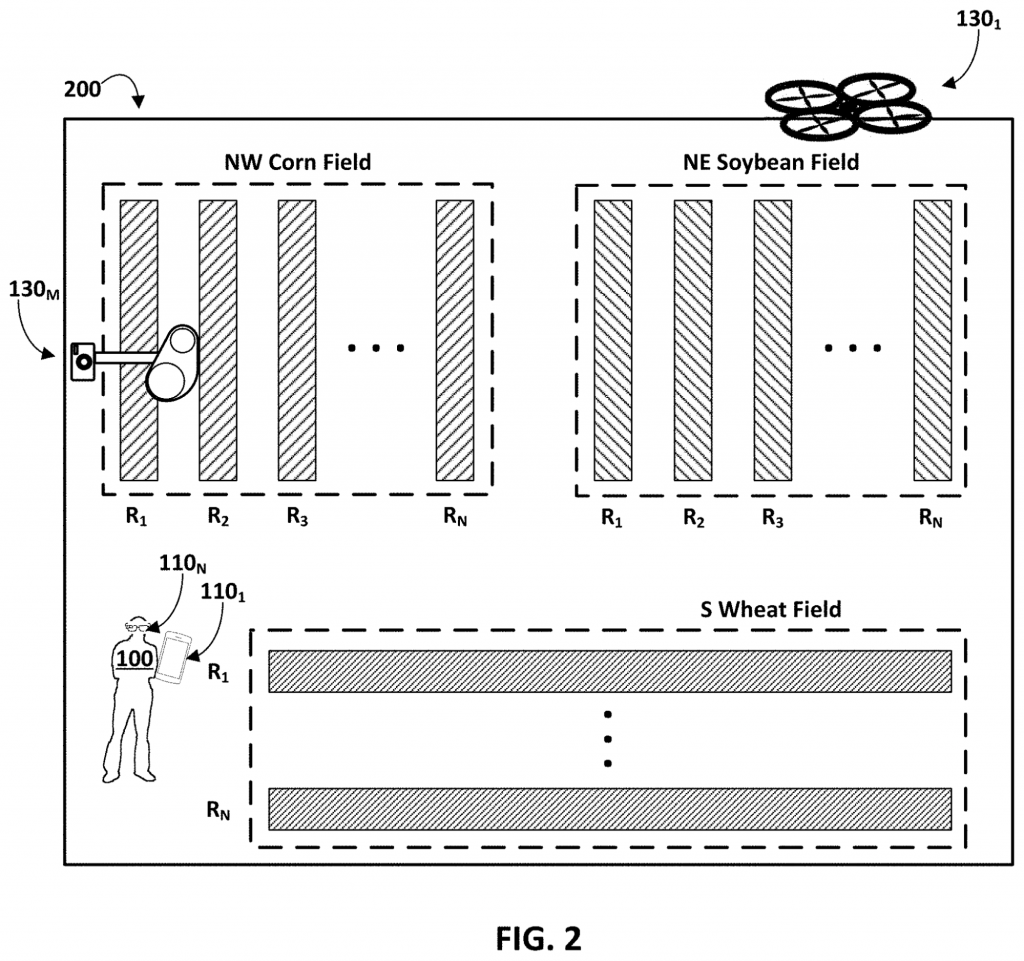
This process involves leveraging machine learning models to derive agricultural forecasts for a designated field region. These forecasts are then sent to the wearable device, which can, in turn, initiate user prompts for agricultural activities based on the generated insights.
The methodology encompasses machine-learning models designed for weed and pest detection, growth-stage classification, disease identification, and crop yield prediction.
3. Prediction of cultivation regimen to improve crop yield
Predicting the cultivation regimen will improve the chances of getting an optimal crop yield despite variations in daily weather, soil heterogeneity, and pest infestations. To help with this, Opti Harvest has developed a crop yield prediction system that combines Internet of Things (IoT) sensors and advanced machine learning to optimize yield for a particular crop.
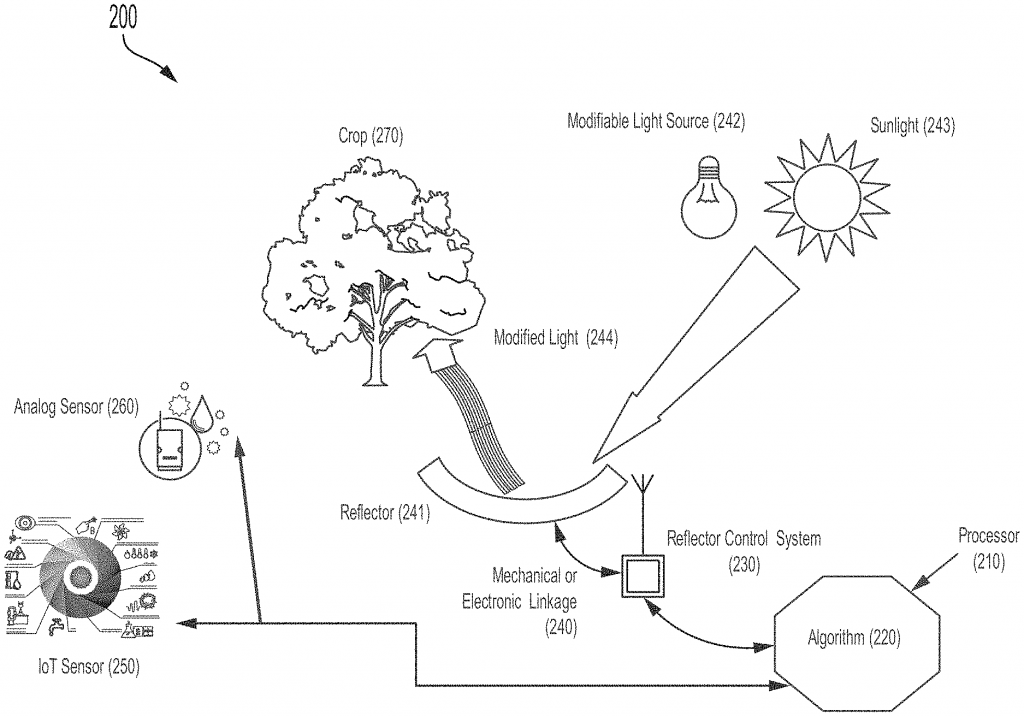
It uses sensors to capture real-time information about the crop’s environment and conditions. Based on feedback from actual crop yields, the system continually learns and improves.
It recommends various aspects, such as fertilization, pruning, pesticides, and even planting and harvesting timings. It also considers quality metrics like plant size and fruit characteristics.
Prediction model for irrigation system
Only 10% of the world’s water withdrawal for irrigation is used efficiently. Adopting prediction models to assess water requirements based on real-time data related to weather, soil, and plant needs helps use water efficiently where it is required to minimize wastage.
Aside from inefficient practices, irrigation in agriculture encounters challenges such as water scarcity, outdated infrastructure, and energy consumption. Issues like soil salinity, limited technology adoption, and inadequate access to finance for farmers compound the difficulties.
Let’s look at how prediction models can help improve irrigation systems in agriculture.
1. Predict irrigation requirements of the field
Excessive irrigation can lead to the leaching of essential nutrients, reducing soil fertility. Additionally, the accumulation of salts in the soil due to over-irrigation can impair plant growth and contaminate groundwater, further impacting ecosystems.
As a solution, the United States Department of Agriculture has developed a system for irrigation of a selected field using an automated irrigation system and an irrigation map.
The system includes a Variable Rate Irrigation (VRI) system equipped with a scheduling system for irrigation at variable rates at points where required. This innovation enhances the adaptability and reliability of irrigation strategies, ensuring optimal resource utilization in agriculture.
2. Predicting when to water the crops
Many farmers face this challenge because the weather is unpredictable, and they may get confused about when to water their crops. Also, historical data is often absent, which leads to unnecessarily watering the crops. Hence, some innovations are solving this issue by employing a prediction model that can easily tackle these issues.
Waycool Foods has developed an IoT-based intelligent irrigation system to optimize irrigation practices by integrating real-time data, historical weather data, and user-defined inputs.
The system monitors microclimatic conditions and provides real-time weather insights. It also uses satellite data, which provides information on farm conditions and soil moisture levels.
Similarly, Rubicon and the University of Melbourne collaborated to develop a prediction model that combines digital imagery and seasonal normalized difference vegetation index (NDVI) data to classify the irrigation status of the field.
The innovation uses a tree classifier model, which determines each field area’s irrigation status (‘irrigated’ or ‘non-irrigated’) based on the computed aggregate NDVI feature values. This innovation is useful as it is specific to geographic regions, hence the specific requirements of the field according to the weather conditions and precipitation of the specific regions.
Stay ahead of the industry with our comprehensive report on more such agritech trends. Fill out the form below, and get the report directly in your inbox.
Authored by: Suborna Chatterjee
Edited by: Hemanth Shenoy, Market Research

